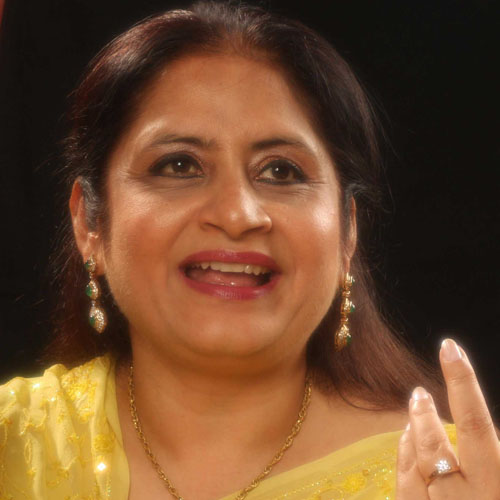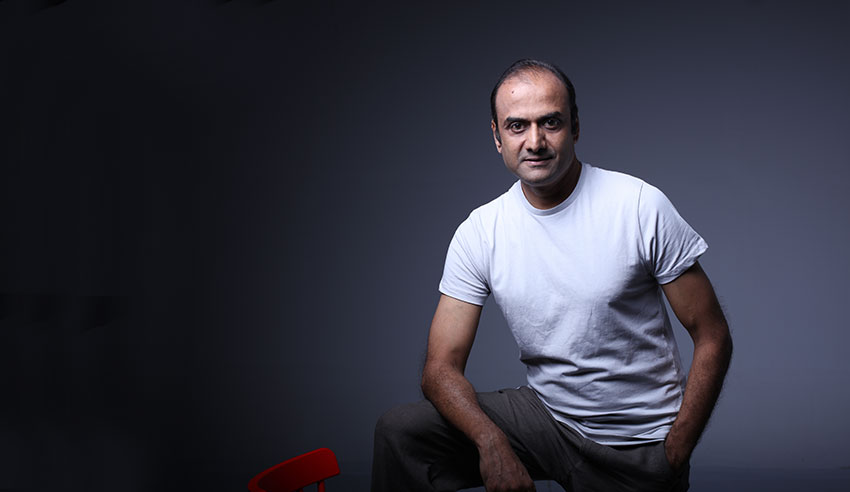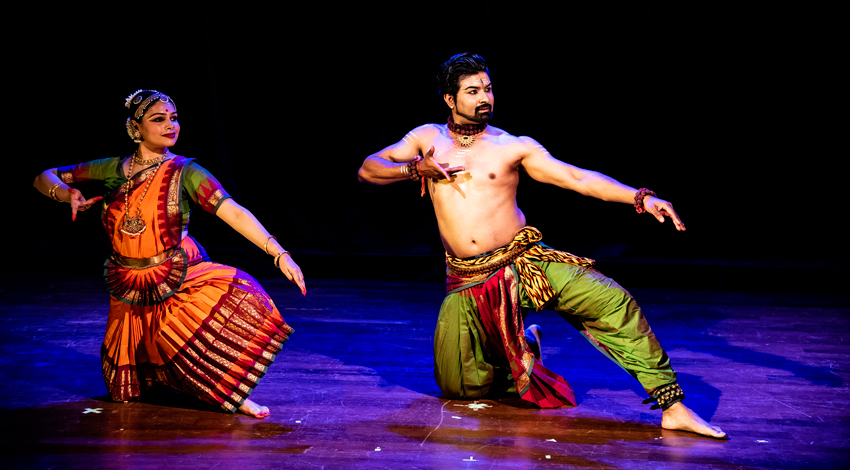A career in Hindustani classical music is not a fleeting pursuit—it is a lifelong journey of devotion, discipline, and discovery. An artist dedicates their entire life to learning, researching, performing, and teaching the nuances of this ancient art form. Mastery emerges through anvarat (unceasing) riyaz, a solitary and introspective process that demands daily repetition and unwavering focus. It is in these silent hours of practice that musical innovation is born, and the artist slowly transforms into a consummate performer—a maestro.
Yet, therein lies a poignant dichotomy. While countless musicians tread this arduous path with dedication, only a few rise to national fame and are recognized as cultural icons. In recent times, the glare of social media and networks of influence often overshadow true merit. Lesser-known but deeply committed artists, who eschew self-promotion in pursuit of artistic excellence, are frequently overlooked in national award selections or festival invitations. Their simplicity becomes their anonymity.
This article pays homage to a few such extraordinary musicians—giants in their own right—whose music spoke volumes but remained confined to limited geographies or niche audiences.
Pt. Yashwant Buwa Joshi: The Quiet Powerhouse
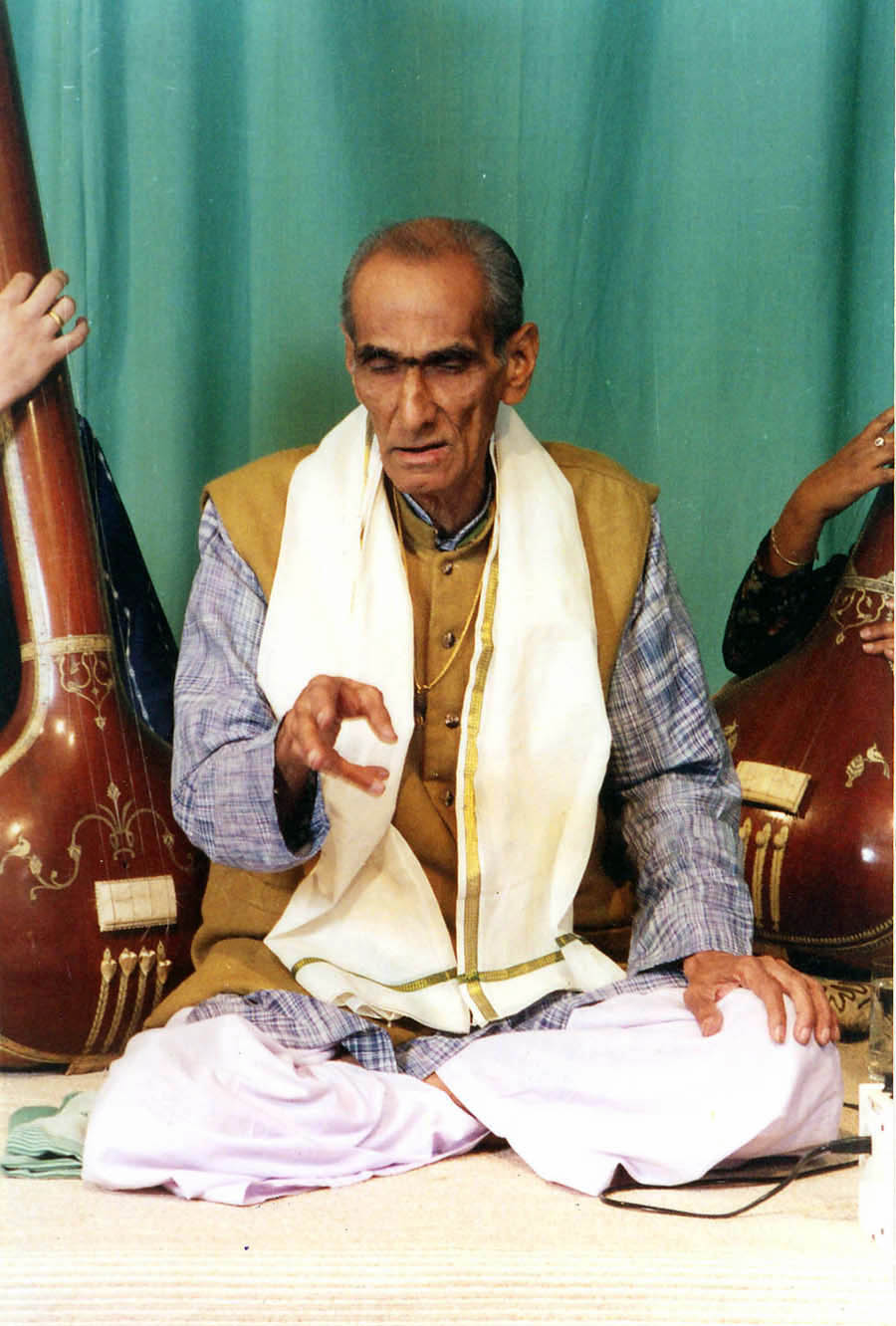
A humble yet formidable presence in Hindustani music, Pt. Yashwant Buwa Joshi lived a quiet life in Pune. A disciple of the legendary Mirashi Buwa, his gayaki reflected the finest traditions of the Gwalior gharana—especially his impeccably crafted bol-taans, a hallmark of this style. A recipient of the Sangeet Natak Akademi Award, he rarely performed on the national stage or abroad. But to those fortunate enough to hear him, his voice was sheer magic. Among his notable disciples are Pt. Ram Deshpande and Smt. Asha Khadilkar.
Pt. Nivrutti Buwa Sarnaik: A Jewel of Jaipur-Atrauli
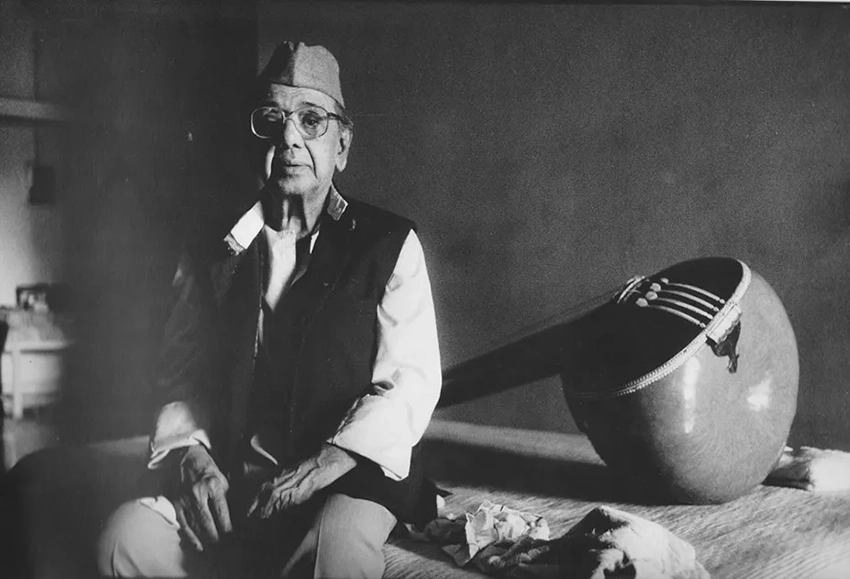
A stalwart of the Jaipur-Atrauli gharana, Nivrutti Buwa Sarnaik hailed from Kolhapur and briefly taught at the ITC Sangeet Research Academy, Kolkata. Despite his deep musicality and commendable compositions, he remained largely confined to Maharashtra. His disciple, Pt. Dinkar Panshikar, carries forward his legacy.
Pt. Mirashi Buwa: The Legacy of Gwalior
A direct disciple of Pt. Balakrishna Buwa Ichalkaranjikar, Mirashi Buwa was a celebrated Gwalior gharana exponent and court musician in Ichalkaranji. So devoted was the ruler of the princely state to his musical grooming that he increased his salary to enable full-time training. Known for his powerful bol-taans, Mirashi Buwa was also a revered guru. His disciples included Pt. Yashwant Buwa Joshi, Pt. D.V. Kane, Rajaram Buwa Paradkar, and Ram Marathe.
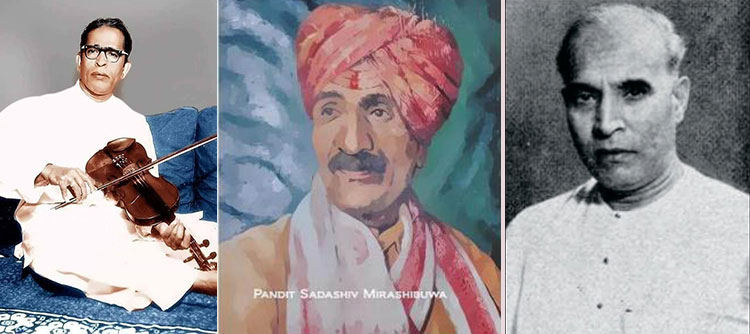
Pt. Gajanan Buwa Joshi: A Warrior of Riyaz
Born into a musical family, Gajanan Buwa Joshi inherited the Gwalior tradition from his father, Antu Buwa Joshi. Despite vocal health issues, his tireless practice saw him rise to artistry of rare depth. A fine violinist as well, he trained some of today’s foremost vocalists—Pt. Ulhas Kashalkar and Smt. Padma Talwalkar. Though a recipient of the Sangeet Natak Akademi Award, national fame remained elusive.
Pt. Jaganath Buwa Purohit ‘Gunidas’: A Composer Beyond Compare
A student of Ustad Vilayat Hussain Khan (Agra gharana), Gunidas was a visionary composer. He introduced new ragas like Jaun Bhairav, Jog Kauns, and Swanandi, and his accessible approach to laya made classical music more engaging for listeners. His disciples—Pt. Jitendra Abhisheki, Pt. C.R. Vyas, Pt. Ram Marathe, and Smt. Manik Verma—went on to become legends.
Chidanand Nagarkar: The Raga Architect
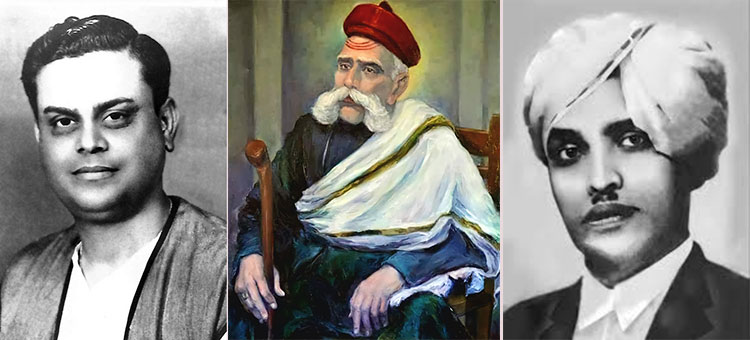
The first principal of Bharatiya Vidya Bhavan’s music school in Mumbai, Chidanand Nagarkar belonged to the Agra gharana and trained under Pt. Ratanjankar. His innovative spirit gave Hindustani music ragas like Nat Bhairav and Kaishik Ranjani.
Pt. Rajaram Buwa Paradkar: Gayanacharya of Gwalior Tradition
An eminent performer, teacher, and musicologist, Pt. Rajaram Buwa Paradkar was a pillar of the Gwalior gharana. His rigorous training under Mirashi Buwa, deep scholarship, and mastery over rare ragas made him a revered figure. Among his prominent disciples were Padma Bhushan Pt. C.R. Vyas, Pt. Shripad Paradkar, and Smt. Deepa Paradkar-Sathe, who carries his legacy today. Despite his immense talent, he remained distant from national limelight, focusing instead on grooming future generations.
A Question for the Fraternity
These stalwarts were not seeking applause—they were seeking sadhna. Their lives remind us that true art needs neither the dazzle of fame nor the noise of promotion. But as a community, do we not bear a responsibility to recognize and honor such dedication?
Isn’t it time that our institutions—state and central—look beyond popularity and visibility, and acknowledge these artists as national treasures? If cricketers and cinema stars can become household names, should not our acharyas and sadhaks of classical music, like Pt. Vishnu Narayan Bhatkhande and Pt. Vishnu Digambar Paluskar, be held in equal reverence?
Let us rise above lobbies, biases, and compulsions. Let us ensure that our true artists are celebrated not in whispers but with pride—on national platforms, in cultural discourse, and in the hearts of every Indian. Because all they ever asked for was: “Meri awaaz suno.”



